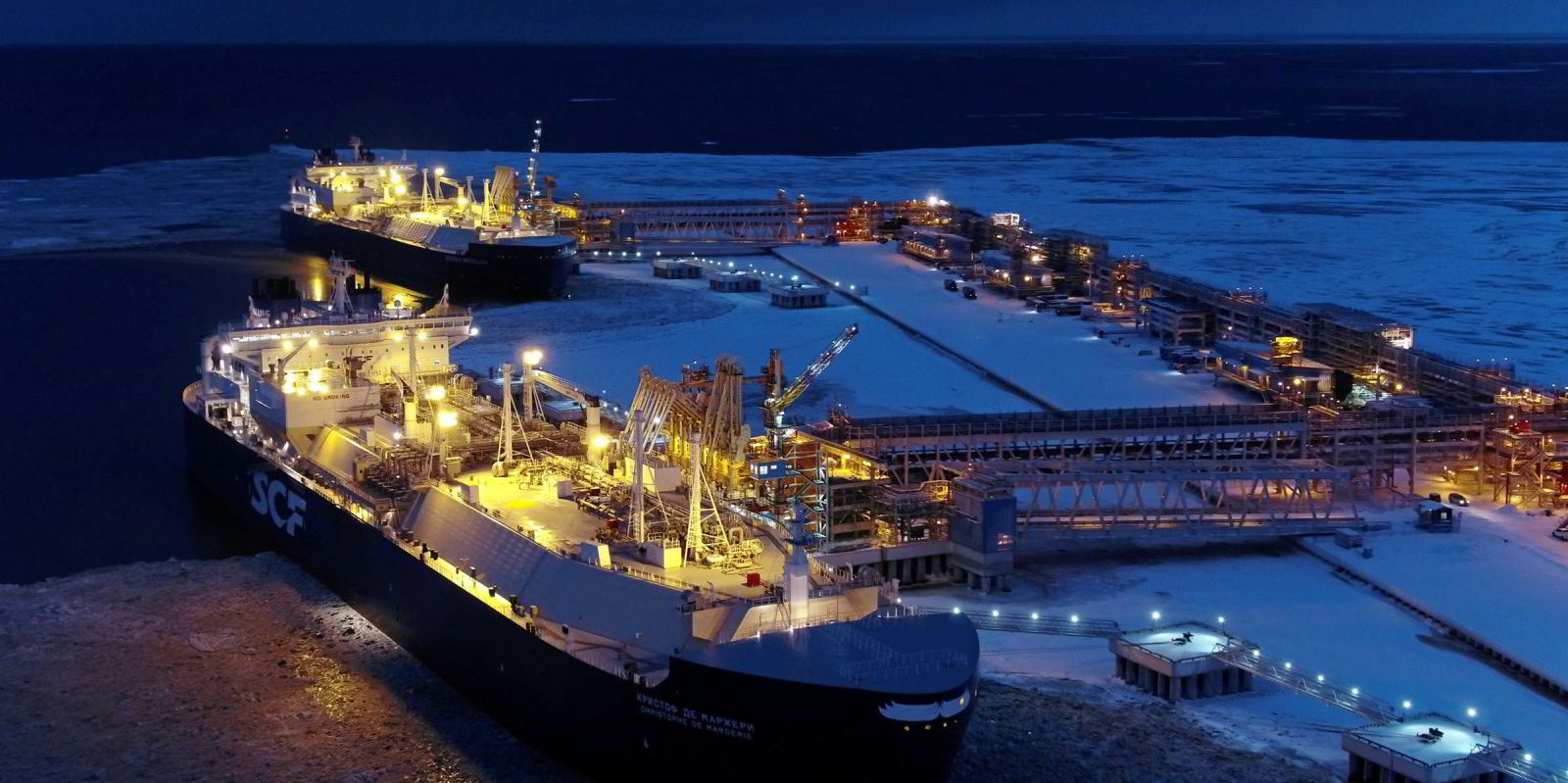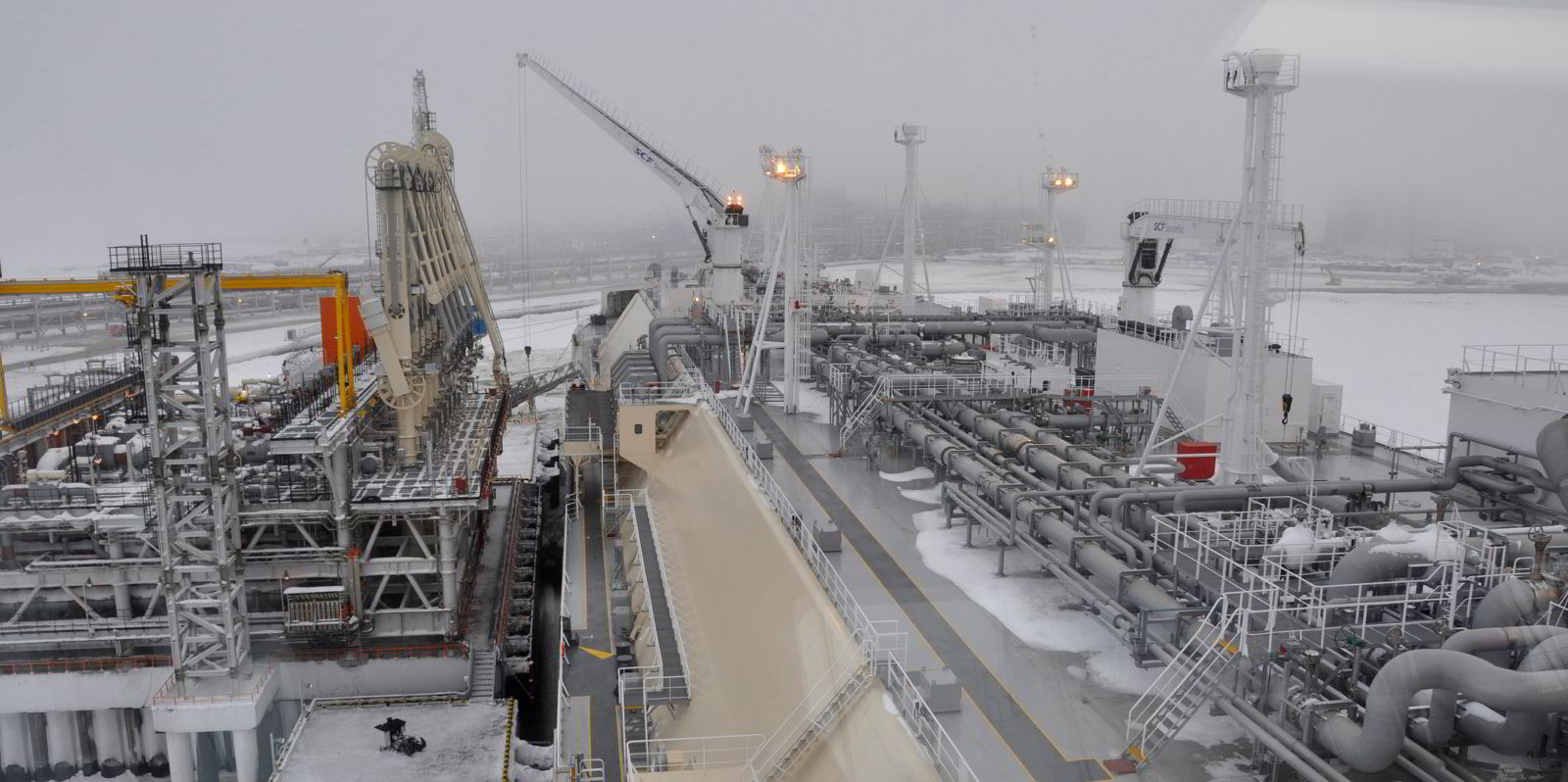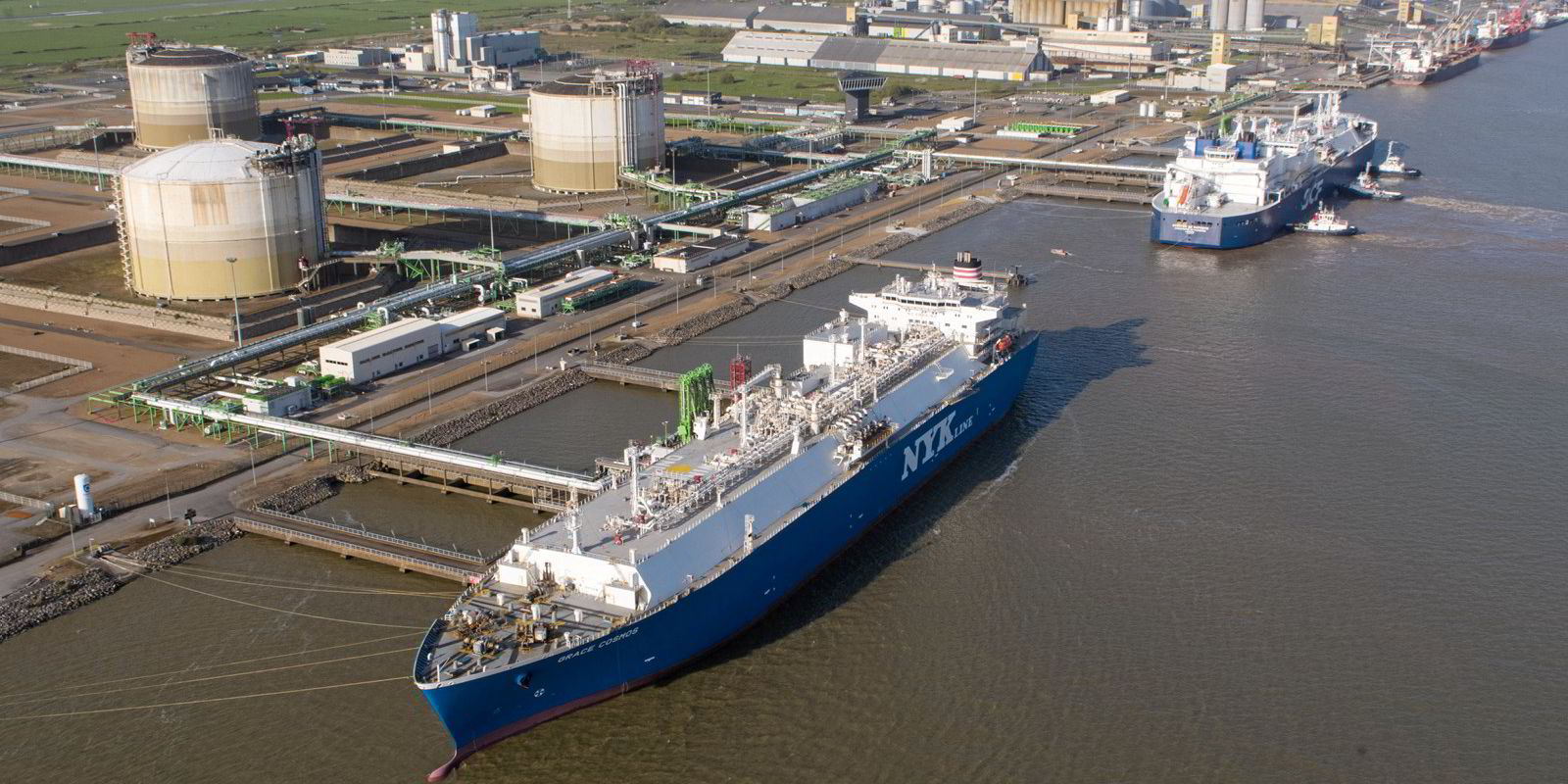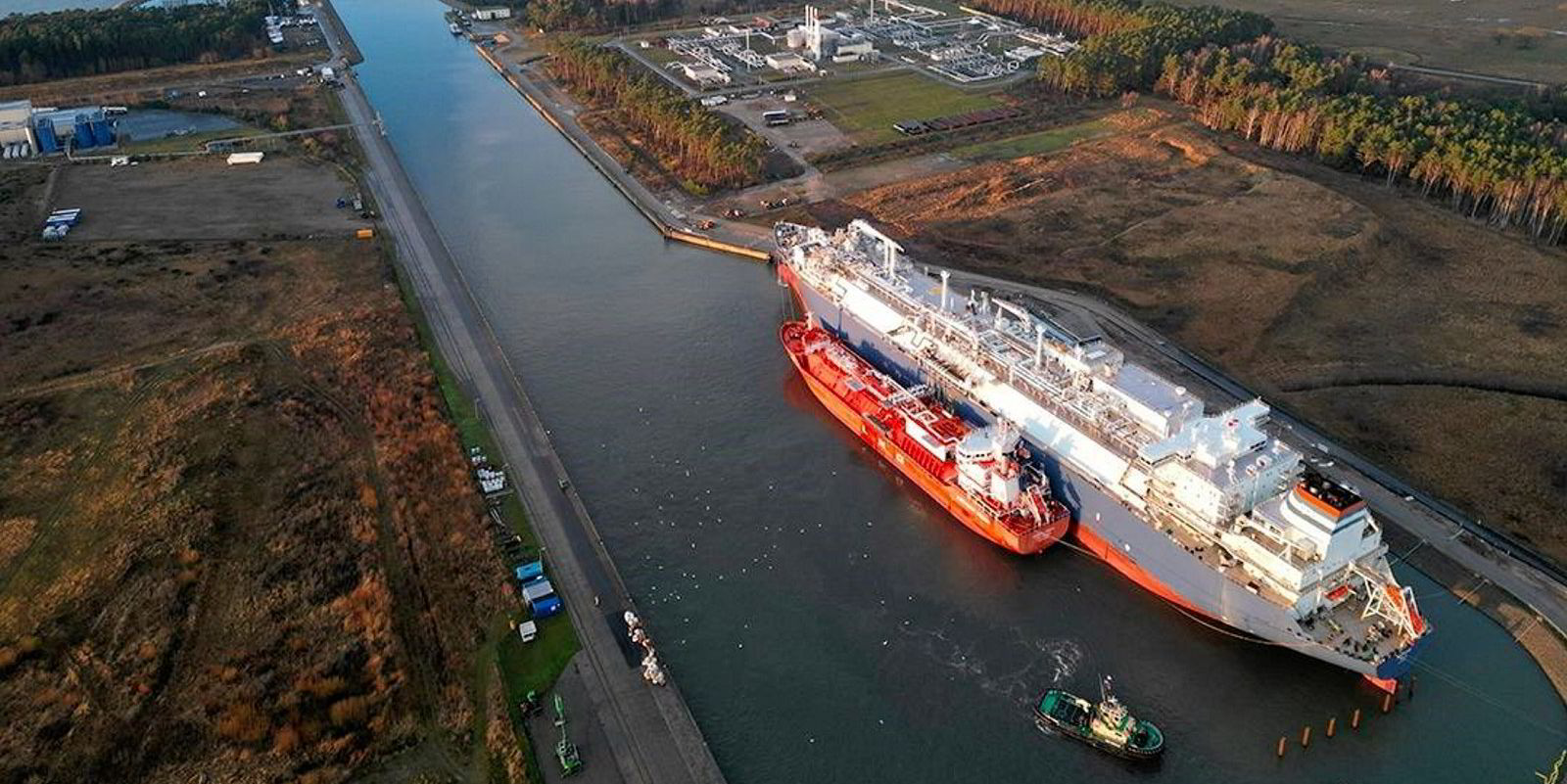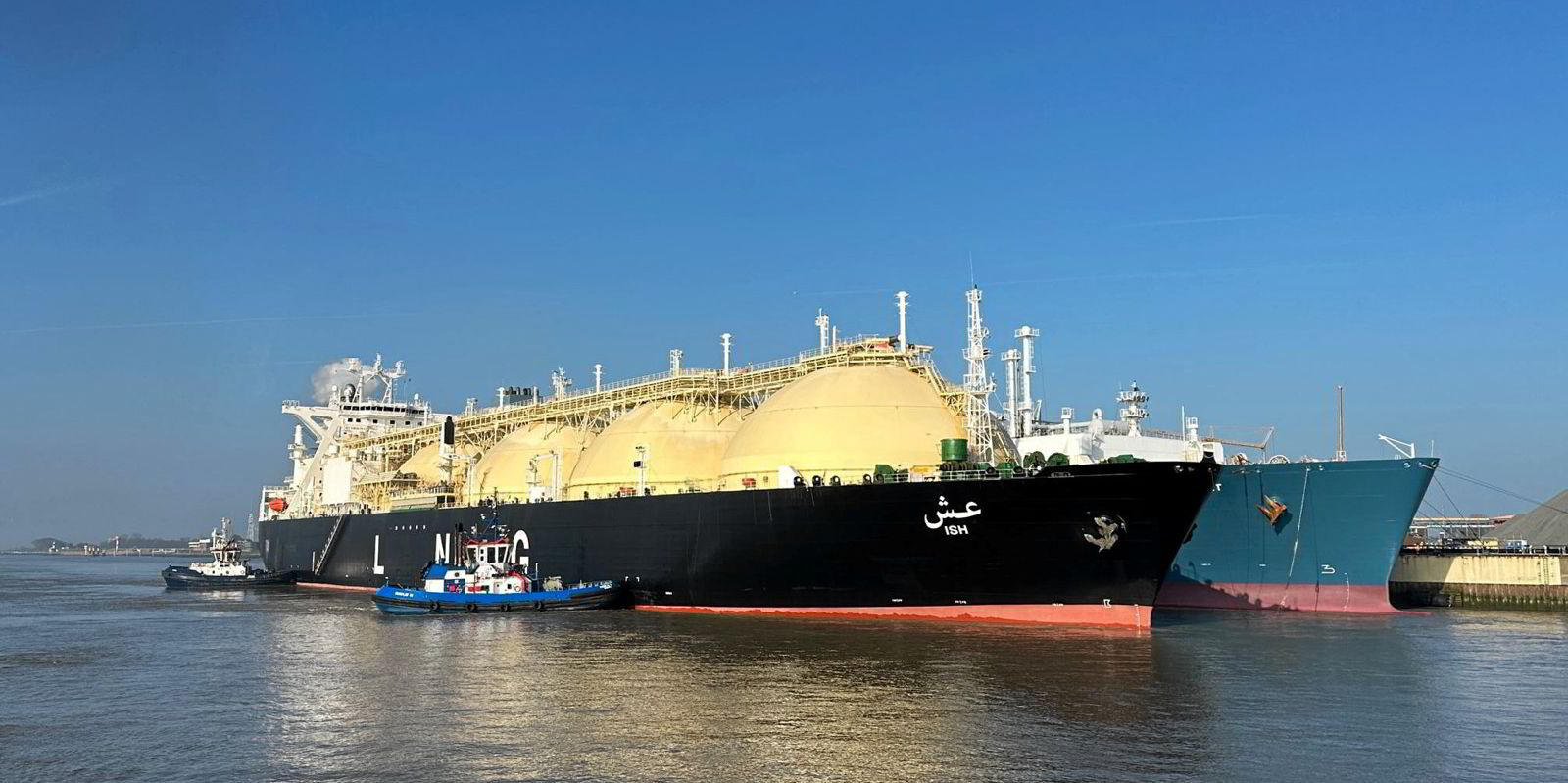European Union ministers have turned up the volume on talk of axing Russian LNG imports. But at present, the region seems to be upping its LNG intake from Russia rather than reducing it.
In 2022, the EU imported some 15.8m tonnes of LNG from Novatek’s main liquefaction plant Yamal LNG in the Russian Arctic, according to data from shipbroker Fearnleys. This was up on the pre-Russia-Ukraine war figure of 13.7m tonnes in 2021.
Already Europe has taken in another 6.8m tonnes in 2023, Fearnleys’ figures show, with analysts logging February as a record month for Russian imports.
Of the importing nations, Fearnleys detailed that Belgium — home to the Zeebrugge LNG terminal, where Novatek has booked storage tank capacity — took in the bulk with around 2.6m tonnes, followed by Spain on 1.9m tonnes and France with almost 1.8m tonnes.
Belgium has emerged as the cargo reload king with Russian LNG exported to Asian buyers, particularly during the winter period when the shorter Northern Sea Route is largely closed to shipping.
Fearnleys’ LNG shipping advisor Ina Bjorkum Arneson said the brokerage’s data shows that around 0.5m tonnes has been reloaded from Zeebrugge to Asia on Yamal-chartered ships, but the figure could be higher with reloads being carried on other vessels.
The Netherlands, Portugal and Italy also took volumes amounting to less than 1m tonnes each to date this year.
Eikland Energy founder Kjell Eikland said LNG exports from Yamal have been “quite stable and high”.
He said Russia is regularly conducting ship-to-ship (STS) transfers of LNG at its site off Kildin Island to the north-east of Murmansk. According to Eikland Energy’s iGIS/LNG data platform, some 18 LNG STS operations have been conducted at the site so far this year, which equates to around one-sixth of all Yamal loadings but is double the year-on-year rate.
But Eikland reports another, lesser-followed Russian LNG export route.
He said the LNG carriers, the 170,000-cbm Pskov and 170,500-cbm Velikiy Novgorod (both built 2014), have been shuttling between Russia’s Portovaya LNG plant on the Baltic coast, shipping cargoes into Greece and Turkey, with 11 shipments made since the plant started up in June 2022.
In March, EU nations moved to curtail LNG imports with an agreement on a legal option that would stop Russian companies from booking import capacity within the bloc. It also urged term buyers of Russian LNG not to sign new contracts when their existing ones expired.
Novatek has firm sales and purchase agreements with big buyers, such as Spain’s Naturgy and major’s TotalEnergies and Shell.
Individual countries have made their own moves, with the Netherlands putting a block on the import of Russian LNG into its new floating terminal in Eemshaven and reducing the volumes shipped into its Gate LNG facility.
Spain’s energy minister Teresa Ribera has said she has had assurances from domestic importers that they will not renew term deals with Russia. In May, she dropped fresh hints telling Reuters that EU countries will agree to a ban “sooner rather than later”.
The cutback calls come at a time of mixed messages on European gas.
Europe is regaining its confidence that it could survive without Russian gas.
A milder-than-expected winter and with gas storage levels at over 60% mid-May, according to Braemar LNG, it is well above the five-year average of about 34%.
Germany, which rushed three floating storage regasification unit-based terminals into operation over last winter, also appears to have taken its foot off the gas, literally, amid talk that its LNG import plans will be scaled back as not all may be needed.
But at the same time, analysts warn that there may not be sufficient LNG available this winter to meet European demand, due to the now-complete cessation of Russian pipeline gas imports and the lack of new LNG capacity due onstream this year.
Unplanned outages at LNG plants can also add to the uncertainties as can the looming question of a revival in Asian demand.
Braemar LNG analyst Georgia McKibbin said: “Overconfidence in curbing Russian LNG imports should not be taken lightly as it still has the ability to largely affect efforts to fill storage for the next winter.”
Europe is already leaning to the US, where a new wave of liquefaction is due onstream from 2026, in a bid to kick its Russian LNG habit.
But Russia has its own, on the unfolding new trading environment inching towards its shores.
Next month, the first of two giant LNG floating storage units, the 361,600-cbm newbuilding Saam FSU, is due to arrive for installation off Murmansk with a second due to be positioned at the eastern end of the Northern Sea Route on its delivery as the country tries to position itself for year-round exports through the Arctic passage.
